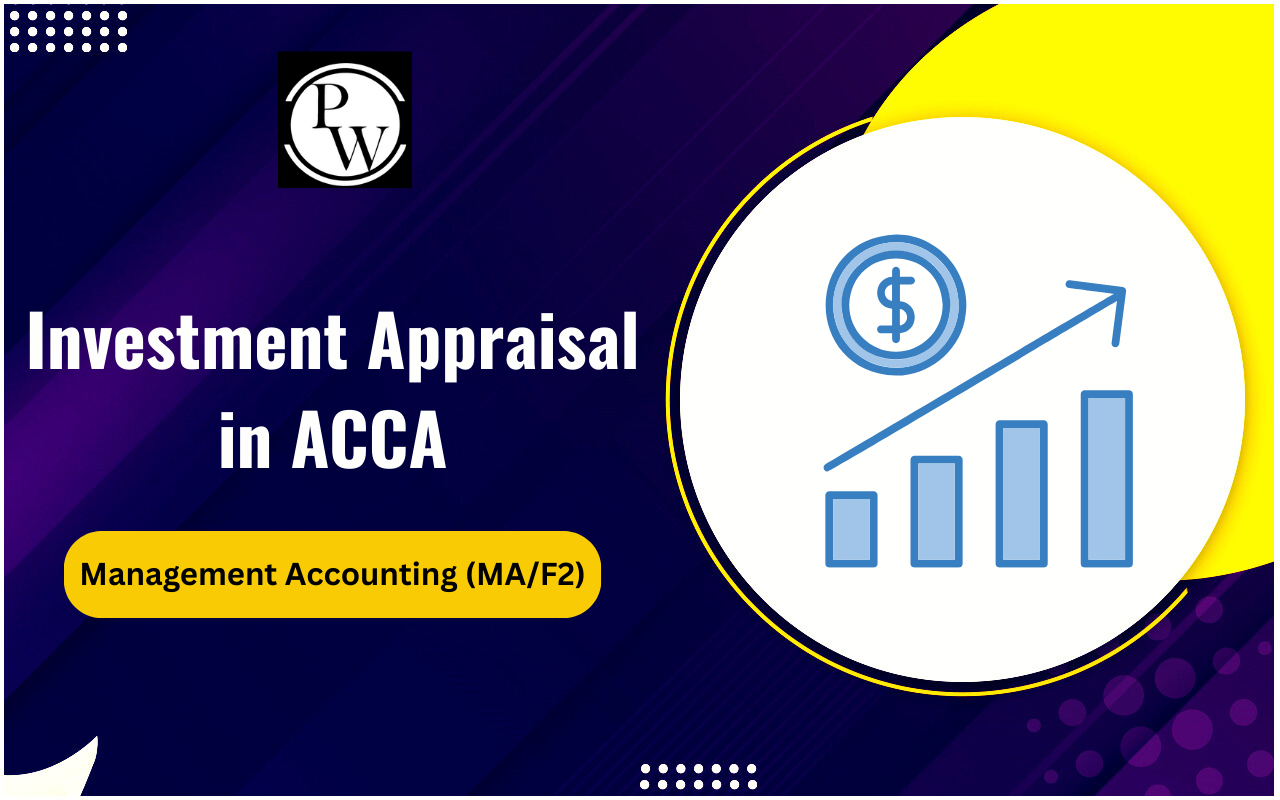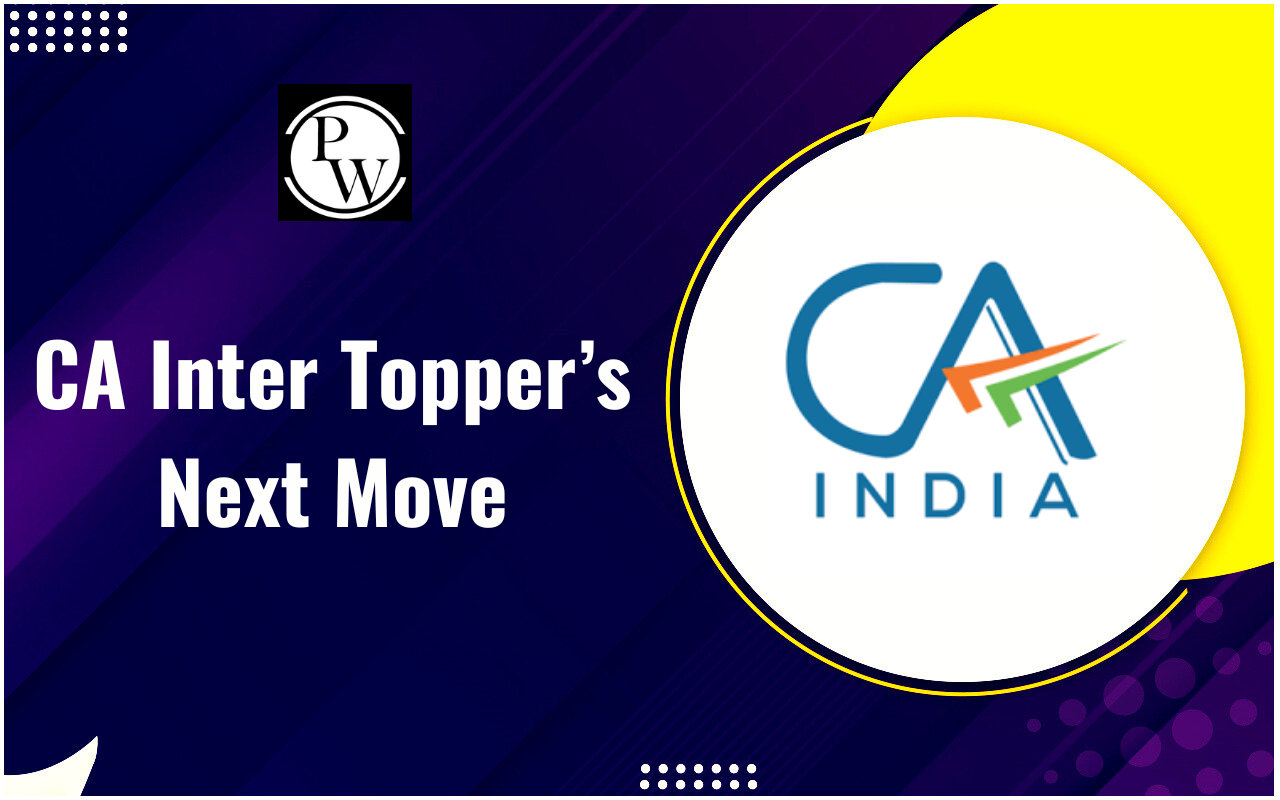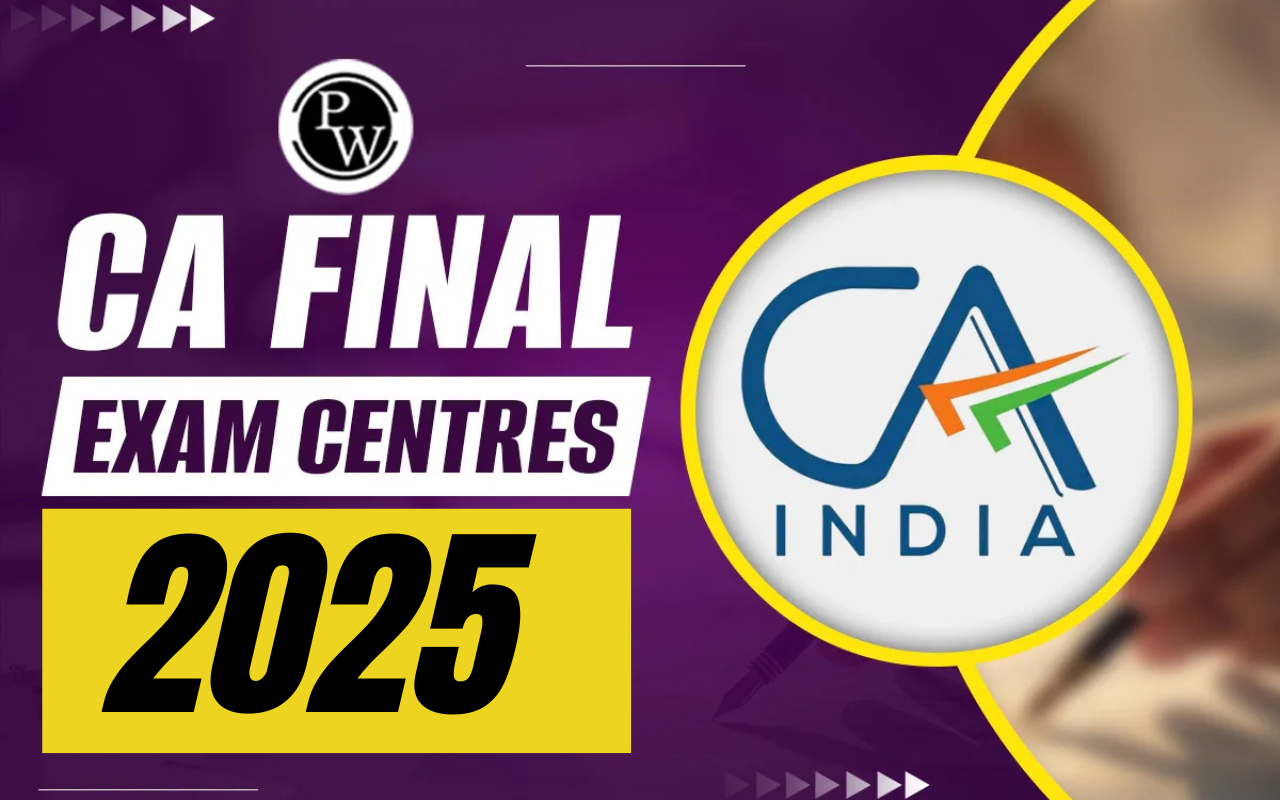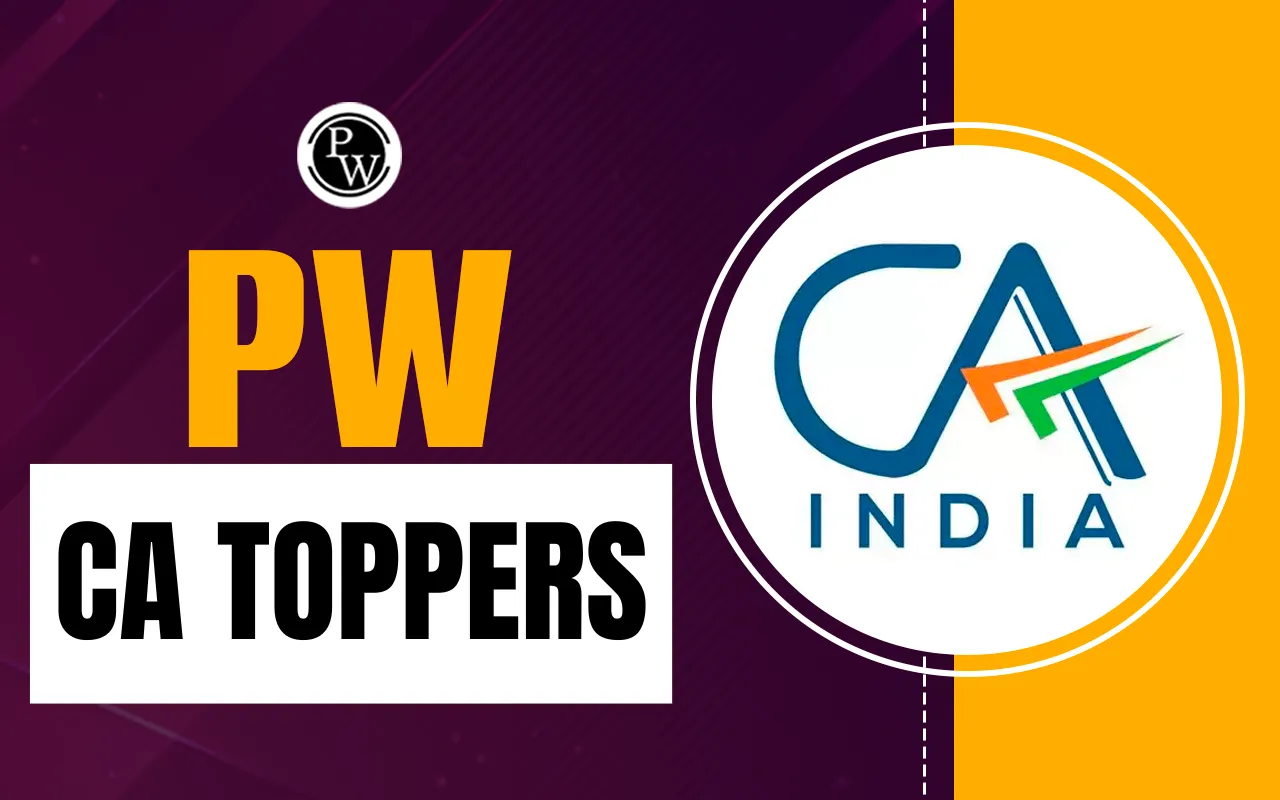
Data is the backbone of decision-making, especially in the field of accounting and finance. For CA students, understanding how to present and interpret data is not just an academic requirement but a vital skill for their professional journey. This article delves into the statistical representation of data, highlighting its significance and practical applications, ensuring you gain clarity and confidence in this essential topic for CA exams .
What Is Statistical Representation of Data?
The statistical representation of data refers to the process of organizing and presenting data in a way that’s easy to analyze and interpret. It often involves the use of charts, graphs, and tables to illustrate relationships, patterns, or trends. By transforming raw data into a structured format, statistical representation simplifies complex datasets, enabling a clearer understanding of key insights. For example, if you were to analyze a company’s sales over the past year, presenting the data as a line graph would make it easier to observe seasonal trends. This graphical approach not only saves time but also enhances comprehension, making it an indispensable tool for CA students preparing for data-intensive subjects.Graphical Representation of Data in Statistics
Graphs are powerful tools in the statistical representation of data, as they provide a visual interpretation of numerical information. When we translate numbers into shapes and patterns, our brain can process the information more efficiently. Consider a pie chart that breaks down a company’s expenses into categories. Instantly, you can identify which area consumes the most resources. Similarly, scatter plots can highlight correlations between two variables, such as revenue and marketing expenditure. Such graphical representations not only aid in understanding but also enhance the presentation, an essential skill for CA professionals who often communicate complex financial data. Graphs like bar charts, histograms, and line charts are commonly used. Each has its unique application, tailored to the type of data being analyzed. Mastering these visual tools ensures you can present data persuasively, a critical skill for CA exams and beyond.Also Check: Linear Equations Up-to Three Variables
Importance of Statistical Representation of Data
Why should CA students care about the statistical representation of data? The answer lies in its multifaceted benefits:Enhanced Understanding: Visualizing data through graphs and charts allows for quicker assimilation of information. Patterns and anomalies that are invisible in raw data become apparent.
Effective Communication: As a CA professional, you’ll often present data to stakeholders. A well-crafted statistical representation makes your insights clear and compelling, ensuring your audience grasps the message.
Data-Driven Decisions: Statistical tools help identify trends, correlations, and outliers, empowering better decision-making. Whether it’s forecasting sales or analyzing audit reports, data representation is a critical step.
Exam Success: In CA exams, your ability to interpret and present data effectively can set you apart. Representing information clearly can help you score higher in both theory and practical questions.
Tabular Representation of Data in Statistics
While graphs and charts offer visual appeal, tables remain a cornerstone of the statistical representation of data. A table organizes information into rows and columns, providing a systematic way to display data. Imagine analyzing a company’s monthly expenses. A table listing categories such as rent, salaries, and utilities alongside their respective costs gives a detailed view. Unlike graphs, tables can accommodate large datasets without losing clarity, making them indispensable for precise reporting. For CA students, mastering tabular representation is crucial. Whether it’s preparing balance sheets, profit and loss accounts, or audit schedules, tables ensure accuracy and clarity. They’re also invaluable for cross-referencing and comparative analysis, skills that are heavily tested in CA exams.Types of Statistical Graphs of Data
Understanding the types of graphs used in the statistical representation of data is key to selecting the right tool for your analysis. Let’s explore the most common types:Line Graphs
Line graphs connect data points with a continuous line, making them ideal for showing trends over time. For instance, a line graph depicting monthly sales can highlight peak seasons and dips, enabling better planning.Bar Graphs
Bar graphs use rectangular bars to represent data. They’re perfect for comparing categories, such as revenue across different departments. Vertical or horizontal bars provide flexibility, making them a versatile choice.Pie Charts
Pie charts represent proportions within a dataset, with each segment corresponding to a category’s share of the total. For example, a pie chart showing a company’s expense distribution offers an instant overview of cost allocation.Histograms
Histograms resemble bar graphs but focus on the frequency distribution of numerical data. They’re particularly useful for identifying patterns within datasets, such as age groups of employees in a firm.Scatter Plots
Scatter plots showcase relationships between two variables by plotting them on an x-y axis. They’re invaluable for identifying correlations, such as the impact of marketing spend on sales growth. Mastering the statistical representation of data is more than an academic requirement, it’s a vital skill for aspiring CAs. By learning to visualize and interpret data effectively, you’ll not only excel in exams but also stand out as a competent professional. And if you’re looking to take your CA preparation to the next level, explore PW CA Courses. Designed by experts, these courses equip you with the tools and strategies needed to ace your exams and build a successful career. Start your journey to becoming a top-notch CA today!Statistical Representation of Data FAQs
What is the statistical representation of data?
Why is statistical representation important for CA students?
What are the common types of graphs in statistics?
How does tabular representation differ from graphical representation?










